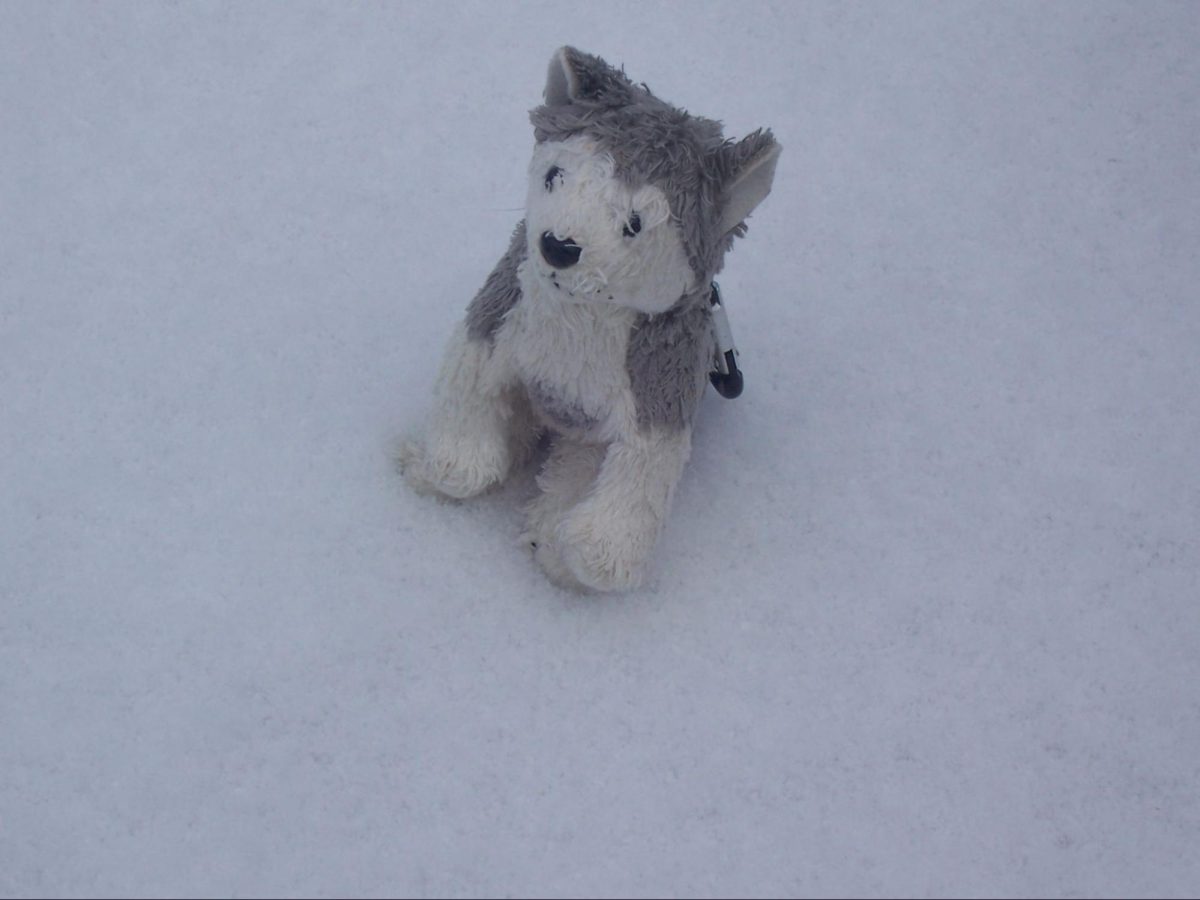Momo terrifies
The creepy chicken lady has taken the internet by storm.
April 3, 2019
Let’s talk about Momo… the terrifying chicken lady thing that’s been haunting the internet. With stringy black hair, a beak-like nose, and protruding eyes, her look is topped off with a thin, bloodthirsty smile.
Created by Japanese artist Keisuke Aiso, she made her way onto social media, slowly popping into messaging apps like WhatsApp, terrorizing recipients with creepy messages. This soon escalated into the Momo challenge, where people would try to communicate with Momo via cell phones and random numbers that people would claim to be “Momo’s number”.
But this wasn’t the end. People started to change their profile icons to pictures of Momo and started messaging people, telling them to hurt themselves, escalating to the point of suicide. But according to The Atlantic, “…there have been zero corroborated reports of any child ever taking his or her own life after participating in this phony challenge.”
The challenge even crept onto Youtube, said to pop up in the middle of innocent Peppa Pig videos, encouraging young children to commit suicide. Parents were terrified that the challenge would affect their kids, with influencers like Kim Kardashian coming out to address this problem. Reported by cbsnews, “[Kim] shared a Facebook post from Amyre Shonny warning parents about Momo, as well as a text message thread sent to her about the videos appearing on YouTube Kids, a family-friendly app for children.”
The challenge was essentially version 2.0 of the infamous Blue Whale challenge . . . except that it wasn’t. According to vox, “Experts say there is no indication that children are being driven to suicide since the story went viral.” The whole challenge was . . . just a hoax. Youtube was open about this issue and tweeted, “We want to clear something up regarding the Momo Challenge: We’ve seen no recent evidence of videos promoting the Momo Challenge on YouTube. Videos encouraging harmful and dangerous challenges are against our policies.”
This hoax issue, though resolved, opens up a host of new questions and fears about letting kids on social media and its implications.






